-
Interviews
30 years of basic research and product innovation. Industry leading physical modeling technology underlies the strength of K’s Lab.
(From DTM STATION. Report by Ken Fujimoto.)
We met the one-of-a-kind sound research group, K’s Lab, in two preceding articles: “How the discovery of a 1977 thesis led to a breakthrough at the Yamaha K’s Lab research division 30 years ago,” and “Rupert Neve designs from the 60s and 70s realistically recreated by the Yamaha K’s Lab research team.” In this, the third and final installment of the K’s Lab series, we will take a look at some of the processors and guitar amplifiers that have been created using their VCM (Virtual Circuitry Modeling) technology.
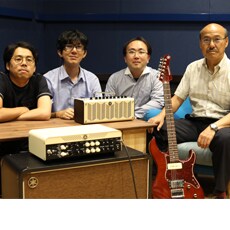
Rupert Neve Designs from the 60s and 70s Realistically Recreated by the Yamaha K’s Lab Research Team
(From DTM STATION. Report by Ken Fujimoto.)
K’s Lab has been a central research group at Yamaha for 30 years, garnering international attention for breakthroughs in physical modeling while leaving an impressive track record in product development. The K’s Lab team put their full technological weight behind the recreation of professional audio gear such as equalizers and compressors originally developed by Rupert Neve in the 60s and 70s. Readers might wonder why Yamaha chose to research products from another manufacturer. The answer lies in the undeniable fact that in many ways Mr. Neve built the foundations of the pro audio industry as we now know it, and it is with the greatest respect that the team now works with Mr. Neve to build the future.
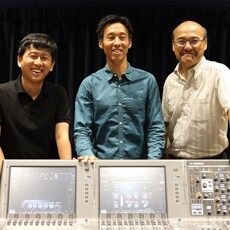
Interview: How the discovery of a 1977 thesis led to a breakthrough at the Yamaha K’s Lab research division 30 years ago
(From DTM STATION. Report by Ken Fujimoto.)
K’s Lab, led by a research fellow, Dr. Toshifumi Kunimoto, has been researching physical modeling systems for more than 30 years, and is one of the most preeminent research groups in its field. We’ll look back at how an unearthed thesis and a unique musical instrument led to the launch of K’s Lab.
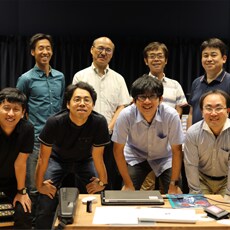
Interview: Bringing Shure and Yamaha Technology Together
The seamless integration of Yamaha’s CL/QL Series consoles with Shure’s ULX-D digital wireless systems provided the users with significantly enhanced operability. This interview explores the intimate collaboration between two companies through the eyes of each project leader in product development.
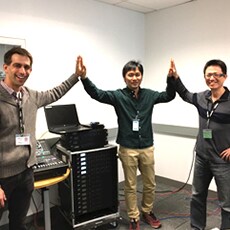
SWP1 Series Designer Interview
Digital audio networking is rapidly becoming an essential, convenience-enhancing element in live sound and other pro audio applications. Yamaha pro audio products with Dante audio networking capability, including the industry standard CL series digital mixing consoles, are leading the way. SWP1 series network switches are being introduced to take the evolution to the next level. The first Yamaha network router was introduced to the domestic market in 1995. Over the 20 years that followed, Yamaha brought IT and pro audio expertise together in some of the most innovative audio networking solutions available. In the following interview we discuss that background and some of the philosophy behind the SWP1 series network switches with key Yamaha pro audio designers.
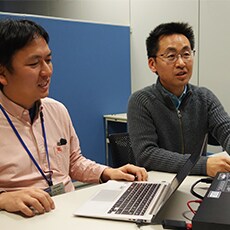
Developer Interview: Fader Knobs Refined for Productivity and Motivation
Amid the excitement and frenzy of a live music event there is a cool-headed mixing engineer making vitally important decisions and adjustments. Vocal, guitar, bass, keyboard, drum, and other faders must be precisely controlled to achieve the ideal musical balance. Yamaha’s mission is to support the engineer as he or she focuses intently on every moment of the ongoing musical program, fingertips poised on faders ready to make critical adjustments at any time. That mission led to a journey through a multitude of subtle refinements to the shape and dimensions of the mixing engineer’s most fundamental connection to the console: the fader knobs. The following interview reveals the depth of thought and care that went into the design of the evolved fader knobs introduced in the CL series digital mixing consoles.
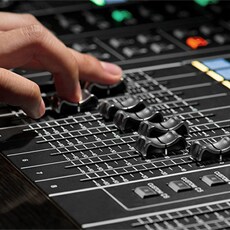
The Development of Virtual Circuitry Modeling Audio Effects
From the birth of physical modeling to Portico emulations

-
History
Digital Mixer History
Back when Yamaha products such as the DX7 synthesizer and SPX90 multi-effect unit were at the peak of their popularity, Yamaha was busy developing and manufacturing a DSP LSI that was originally intended for use in Electones, but which also showed promise for digital mixing applications. That LSI provided the basis for Yamaha’s first digital mixer, the DMP7.
